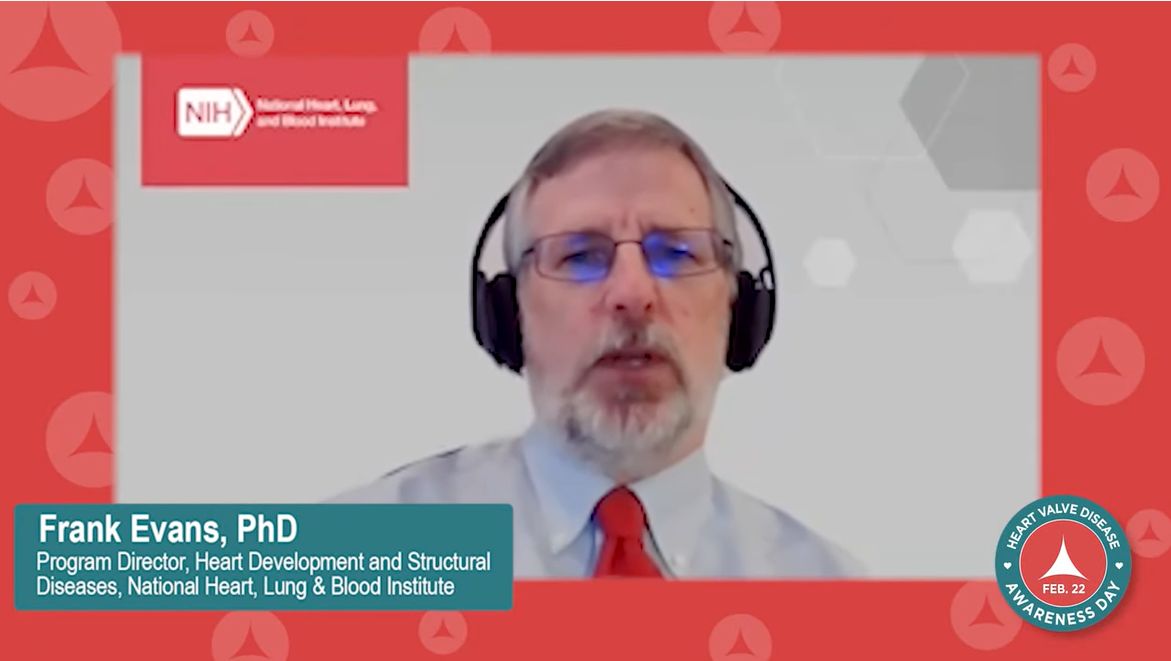Advancing Support for Heart Valve Disease in Congress
Representative Andy Barr is a leading advocate for raising awareness and advancing treatment for heart valve disease. The Congressman led…
more.Aortic stenosis is a type of heart valve disease that becomes more common with age, affecting 1 in 10 people over the age of 75. Aortic stenosis occurs when the main outlet for blood to be pumped to the body—the aortic valve—becomes abnormally narrowed. In older adults, stenosis is typically caused by wear and tear and the gradual build-up of calcium deposits that stiffen and narrow the valve, keeping it from opening properly. Aortic stenosis can also be caused by congenital abnormalities, infections, cardiovascular disease, chronic kidney disease, radiation treatment to the chest, and some chemotherapies.
As the valve narrows, the heart has to work harder to pump blood throughout the body, and this can lead to symptoms like fainting or nearly fainting during exertion, chest pain, weakness, and fatigue. While not all aortic stenosis patients experience symptoms, three out of four older patients with severe aortic stenosis do. However, many dismiss these warning signs as a normal part of aging, which often leads to the underdiagnosis of aortic stenosis.
Simple tests are used to diagnose aortic stenosis. Because aortic stenosis produces a very distinct heart sound—a murmur—it can often be detected by listening to the heart with a stethoscope. Other tests like echocardiograms, electrocardiograms, chest x-rays, and stress tests may be necessary to confirm the diagnosis.
Over time, strain to the heart from aortic stenosis can lead to heart failure, stroke, clots, arrhythmias, and death. Medications can treat chest pain and other symptoms, but none can reverse aortic stenosis. Only repairing or replacing the defective valve will eliminate aortic stenosis. This can be done through open-heart surgery and, for some patients, with a minimally invasive procedure called transcatheter aortic valve replacement (TAVR or TAVI). Most patients can be successfully treated and return to a normal life at all ages.

Representative Andy Barr is a leading advocate for raising awareness and advancing treatment for heart valve disease. The Congressman led…
more.
Dr. Frank Evans, Program Director at NHLBI’s Heart Development and Structural Diseases Department discusses research advances in heart valve…
more.
The CardioVisual team joins forces with the Heart Valve Disease Awareness Day campaign to build awareness of symptoms and improve…
more.The Heart Valve Disease Awareness Day campaign was started to increase recognition of the specific heart valve disease risks and symptoms, improve detection and treatment, and ultimately save lives. Heart Valve Disease Awareness Day takes place every February 22 during American Heart Month.
Sign up for our monthly e-mail newsletter for the latest information on
scientific research on aging and health.
There are many ways you can help accelerate the pace of scientific discoveries and their application to vastly improve the universal human experience of aging and health:

The Alliance for Aging Research is a proud recipient of Candid’s Platinum Seal of Transparency.

The Alliance for Aging Research is proud to be rated a 4-star charity by Charity Navigator.